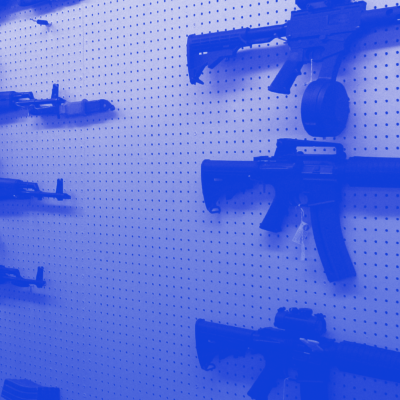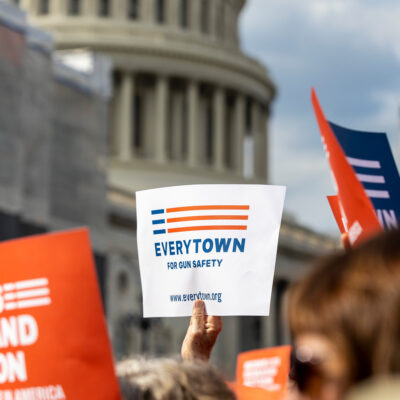Indiana Moms Demand Action, Everytown Criticize Indiana Senate Passage of Two Gun Bills That Would Bring New Risks into Indiana Schools
4.16.2019
INDIANAPOLIS – The Indiana chapter of Moms Demand Action for Gun Sense in America, part of Everytown for Gun Safety, today released the following statement after the Indiana Senate passed:
- House Bill 1651, a bill that would open a broad loophole in the state law that currently keeps guns out of elementary, middle and high schools. HB 1651 would create an exemption for houses of worship located on school premises, allowing people present at a school “in connection with” a worship service or religious ceremony, or working or volunteering at a house of worship located at the school, to carry loaded handguns anywhere on the school’s premises.
- House Bill 1253, a bill that would normalize and encourage arming school teachers. Despite research showing that arming teachers puts students and school staff at greater risk, House Bill 1253 would draw funds from Indiana’s Safe Schools Fund to provide firearms training to teachers, school staff and employees in K-12 schools.
“Rolling back state laws that protect schools would bring all kinds of new risks into Indiana classrooms,” said Rachel Guglielmo, volunteer leader with the Indiana chapter of Moms Demand Action for Gun Sense in America. “Today’s votes are deeply concerning. As these bills move back to the Indiana House, I hope our representatives take a closer look at the research and the guidance from school safety experts — and that they reject these dangerous bills.”
In February, Everytown and the country’s two largest teachers unions released recommendations for preventing gun violence in American schools, including:
- Policies proven to help keep guns away from people who shouldn’t have them in the first place, such as responsible firearm storage laws, laws that raise the age to purchase semiautomatic firearms and requiring background checks on all gun sales;
- Improving the physical security of schools with proven tactics like installing internal locks and limiting the number of entry points and who can enter schools;
- Supporting the health of students by creating safe and equitable schools and by providing more counselors to help increase mental health services and social-emotional support in schools; and
- Intervention strategies that can be implemented by school districts, including threat assessment programs that train educators how to safely and effectively intervene when there are signs that a student is in crisis or poses a risk.




